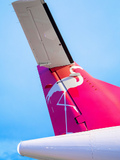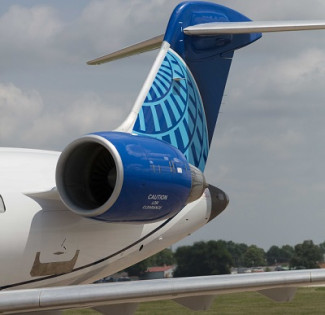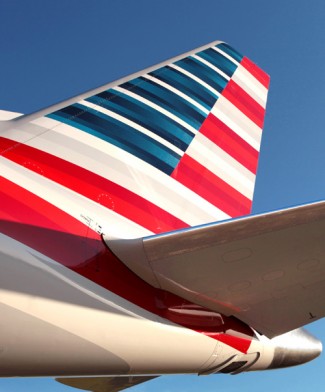Is Flying Airliners a Dangerous Job?
The crash of Asiana Flight 214 and the ensuing media blitz has put aviation safety to the forefront of many people's minds recently. The general public hears about an airline crash and assumes they're less safe on an airplane than they were five minutes before hearing the news. As the people who fly airliners around the world, we should see these unfortunate events as times for introspection. Are we doing our best to ensure the safety of each and every flight? Have we allowed deficiencies to creep into our personal operations? In regard to Asiana Flight 214, have our basic flying skills deteriorated and are we now automation dependent?
I was standing in line at an airport terminal coffee shop recently in the middle of a commute, wearing my uniform. An earlier flight was cancelled and there were about a thousand standbys waiting to get on the same airplane I was. At least half of them were jump seaters with higher priority than me. Prospects for getting home in good time were looking slim, and I hoped my good friend Mr. Starbucks would keep my outlook positive.
I'd been flying all night on a freighter and was trying to read the menu through squinty red eyes, when someone tapped me from behind.
"Are you a pilot?" a perky older lady, who was definitely someone's grandmother, asked as I turned around.
I tried to think of something clever to say, something about bellhops and scratchy pants, but in my sleep deprived pre-coffee state nothing was working. I responded with a simple, "Yes, ma'am."
"Do you think it's safe? Flying, I mean. With that accident in San Francisco and everything, it makes me nervous," the grandmother said.
"It's very safe," I assured her. "Safer than the drive you made to get here this morning."
"I don't know how you boys do it, having a dangerous job like that," she responded, shaking her head.
By then the girl behind the counter was glaring at me for holding up the line, so I had to hurry away or risk displeasing the barista.
After I got my Venti double-mocha-nonfat latte with extra whip, I considered the woman's last statement. I know people that have what I consider to be dangerous jobs, involving hazards like getting shot at, running into burning buildings and crawling into mines. But I wouldn't consider flying an airliner inherently dangerous. As I sat at the gate with the coffee finally kicking in, waiting to either go home or get bumped again, I decided "unforgiving" was a much better word. Yes, flying can definitely be unforgiving. The wrong series of events or mistakes has the potential to result in tragedy on an epic scale. Cockpit automation can help break that error chain to a certain degree, but it's still not smart enough to replace a skilled, proficient pilot.
Back around 1928 the accident rate for airliners was roughly 1 for every million miles flown. That would equate to approximately 7,000 fatal accidents each year in today's system. Some accident summaries from that period include: muddy field prevented aircraft from gaining altitude, triple engine failure, and fog and winds in treacherous mountain pass. Thankfully, we've moved on from the days of the hard-boiled captain dead reckoning partial panel off an NDB with a cigar clenched between his teeth. Aircraft, components, and navigation systems today operate with a truly impressive level of reliability, but that creates a problem unto itself. The automation does so well that as an industry, we are having a problem recognizing those times when performance is poor. Almost every facet of airline operations, from the technology to the training environment, is pushing us to be system managers. However, managing automated systems should always be a secondary skill set. Our primary skill should be hand flying the aircraft just as well or better than the automation.
The FAA issued Safety Alert For Operators 13002 not too long ago, stating that we are collectively growing too reliant on automation and our manual flying skills aren't where they need to be. This isn't a new problem, though. We continually see automation dependence as a contributing factor to modern accidents. The primary problem nowadays isn't that your Ford Trimotor will lose all its engines; it's that there will be a breakdown in automation management and manual handling. There's a fantastic video titled "Children of the Magenta" that addressed this issue back in the late ‘90s. If you fly a glass cockpit airplane (or any plane, really) take 25 minutes out of your day and watch it on YouTube. It's amazing how the issues in that video are the same issues we have today, years later.
The question you need to ask yourself is, "Am I automation dependent?" If you’ve reached a point where automation is a crutch instead of a tool, you owe it to yourself, your crew members, and anyone else who puts their life in your hands to rectify that situation.
-

CommuteAir 05/13/2024
-

Silver Airways 05/10/2024
-

Northern Jet 05/09/2024
-

GoJet Airlines 05/08/2024
-

Envoy Air 05/07/2024
 AIRLINE PILOT CENTRAL
AIRLINE PILOT CENTRAL